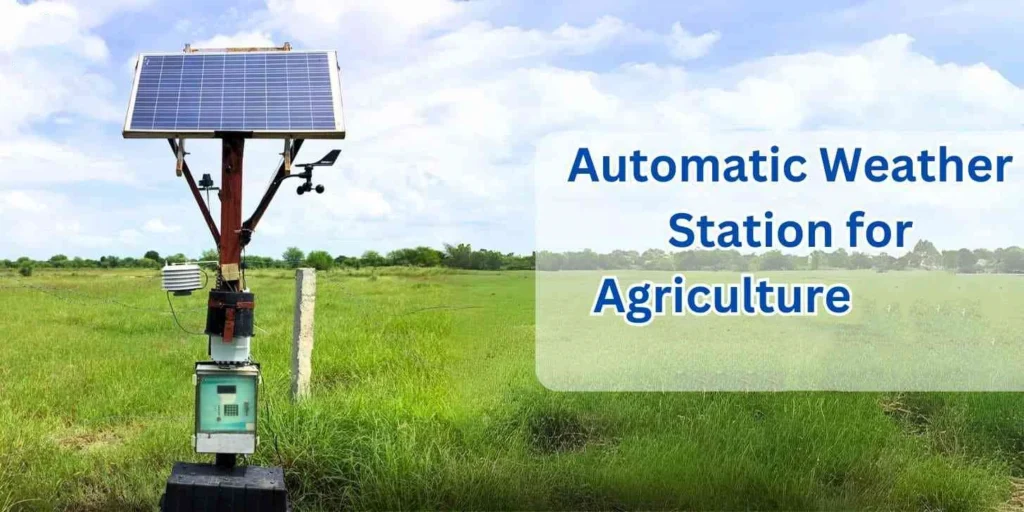Automatic Weather Station: Definition and Functionality

# Automatic Weather Station: Definition and Functionality
## What is an Automatic Weather Station?
An Automatic Weather Station (AWS) is a sophisticated system designed to collect and transmit meteorological data without the need for constant human intervention. These stations are equipped with various sensors that measure atmospheric conditions such as temperature, humidity, wind speed and direction, rainfall, solar radiation, and barometric pressure.
AWS systems have become increasingly important in modern meteorology, agriculture, aviation, and environmental monitoring. They provide continuous, real-time data that is essential for weather forecasting, climate research, and various industrial applications.
## Key Components of an Automatic Weather Station
A typical AWS consists of several critical components:
– Sensors: These measure various atmospheric parameters
– Data logger: Records and stores the collected data
– Power supply: Usually solar panels with battery backup
– Communication system: Transmits data to central servers
– Mounting structure: Supports the equipment at optimal height
## How Automatic Weather Stations Work
The functionality of an AWS can be broken down into three main processes:
– Data Collection: Sensors continuously monitor environmental conditions
– Data Processing: The data logger converts sensor readings into digital format
– Data Transmission: Information is sent to weather centers via radio, satellite, or cellular networks
Modern AWS systems can operate for extended periods with minimal maintenance, making them ideal for remote locations where human monitoring would be impractical or impossible.
## Applications of Automatic Weather Stations
Automatic Weather Stations serve numerous purposes across various sectors:
– Meteorology: Providing data for weather forecasting models
– Agriculture: Helping farmers make informed irrigation decisions
– Aviation: Supplying critical information for flight operations
– Hydrology: Monitoring watershed conditions and flood risks
– Climate Research: Collecting long-term climate data
## Advantages of Automatic Weather Stations
Compared to traditional manual weather stations, AWS offer several benefits:
– Continuous operation 24/7
– Higher data accuracy with reduced human error
– Real-time data availability
– Ability to function in remote locations
– Lower long-term operational costs
## Future Developments in AWS Technology
The field of automatic weather monitoring continues to evolve with advancements in:
– More compact and energy-efficient sensors
– Improved data transmission technologies
– Integration with IoT (Internet of Things) networks
– Enhanced data processing using artificial intelligence
– Development of more durable materials for harsh environments
As technology progresses, automatic weather stations will likely become even more accurate, reliable, and widespread, further enhancing our ability to monitor and understand weather patterns and climate change.
Keyword: what is automatic weather station